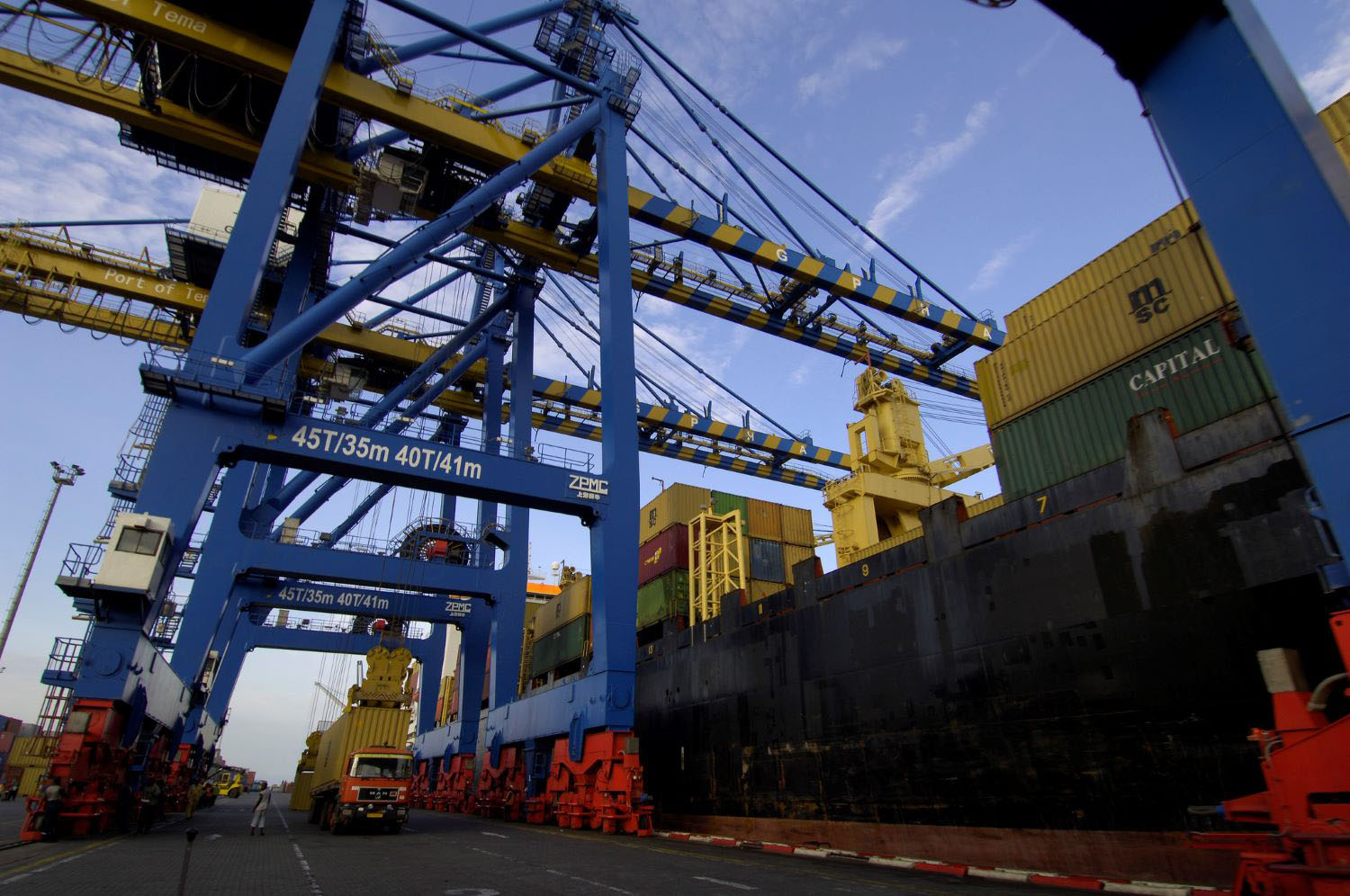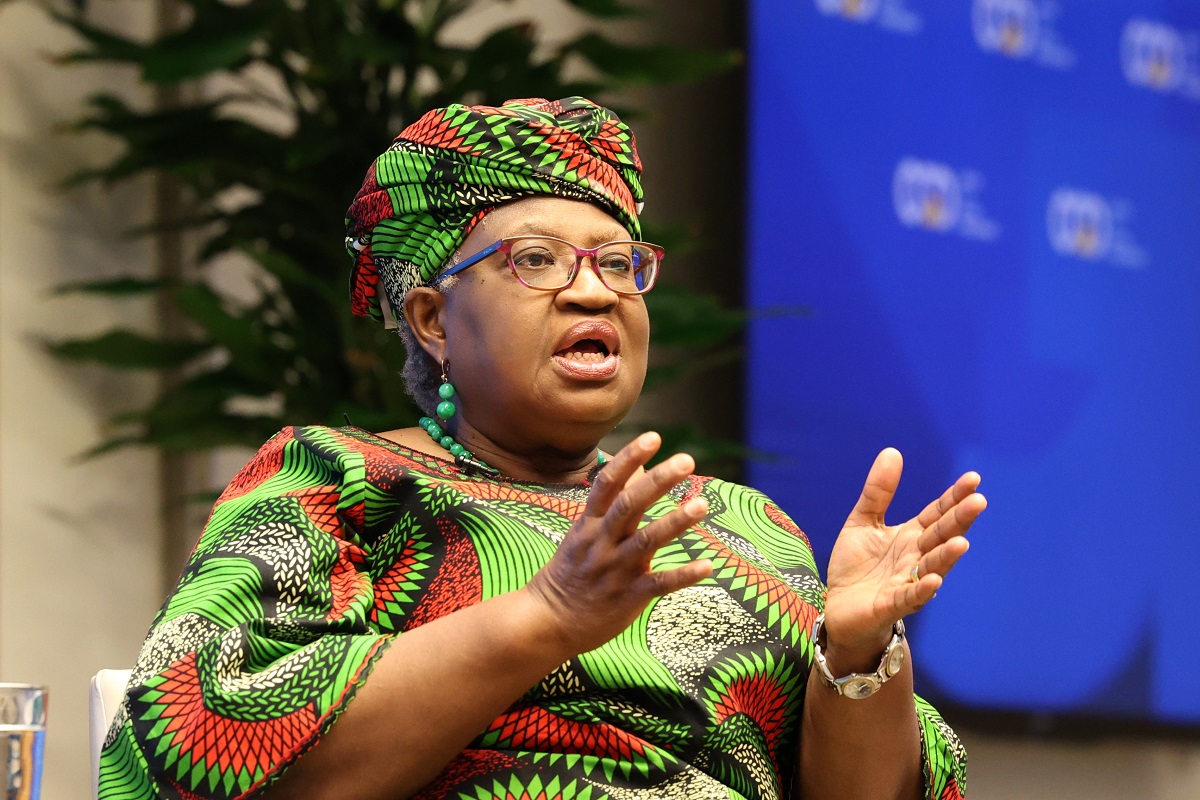Earlier this week, New York Times columnist Nick Kristof commented on the dire situation in Haiti, nearly one year after the catastrophic earthquake.In addition to noting the immediate needs of medical workers and cholera patients, Kristof aptly recognized that trade preference programs are a critical investment in Haiti’s long-term, sustainable development.
Ultimately what Haiti most needs isn’t so much aid, but trade. Aid accounts for half of Haiti’s economy, and remittances for another quarter — and that’s a path to nowhere.The United States has approved trade preferences that have already created 6,000 jobs in the garment sector in Haiti, and several big South Korean companies are now planning to open their own factories, creating perhaps another 130,000 jobs.“Sweatshops,” Americans may be thinking. “Jobs,” Haitians are thinking, and nothing would be more transformative for the country.Let’s send in doctors to save people from cholera. Let’s send in aid workers to build sustainable sanitation and water systems to help people help themselves. Let’s help educate Haitian children and improve the port so that it can become an exporter. But, above all, let’s send in business investors to create jobs.
Yes, preference programs have created jobs in Haiti, as the recent investments from South Korea demonstrate. But, as Kimberly Elliott argued in multiple
blog posts and Nancy Birdsall stated in
congressional testimony, the U.S. program in particular could go much further.Under the Haitian Hemispheric Opportunity through Partnership Encouragement (
HOPE II) Act of 2008, most Haitian apparel exports must incorporate American materials to be eligible for duty-free treatment. The Haiti Economic Lift Program (
HELP) Act of 2010 increased quotas for Haitian apparel products with globally-sourced inputs (a commendable step that spurred the South Korean investors), but maintained other market access restrictions. Permanently opening the U.S. market to all Haitian exports, applying the broadest possible sourcing of fabric and other inputs would further incentivize foreign investment, job creation, and ultimately, economic growth in Haiti.Will we see movement to improve preferences to Haiti during the 112
th Congress? Sarah Jane Staats expressed guarded optimism in a
post last month, pointing to possible leadership from Dave Camp (R-MI) of the House Ways and Means Committee and Kevin Brady (R-TX) of the Trade Subcommittee.Of course, the United States is not the only actor in this arena. It was disappointing that the G-20 Seoul Communiqué did not include a firm commitment to provide duty-free, quota-free (DFQF) market access for the world’s poorest countries (a key recommendation of the CGD
Working Group on Global Trade Preference Reform). France has now assumed the presidency of the G-20 and reportedly is reviewing the possibilities and processes for implementing DFQF access.In the likely absence of U.S. leadership, will France be a cheerleader for this initiative at next year’s Cannes Summit? Croise les doigts.
CGD blog posts reflect the views of the authors, drawing on prior research and experience in their areas of expertise.
CGD is a nonpartisan, independent organization and does not take institutional positions.





